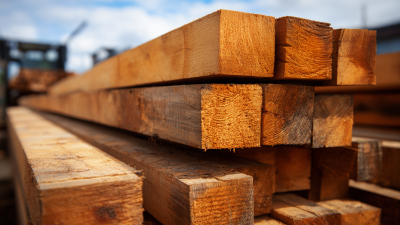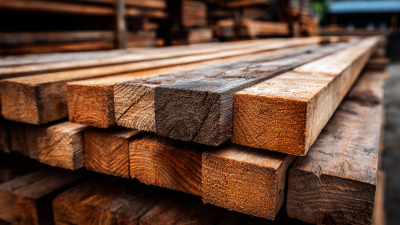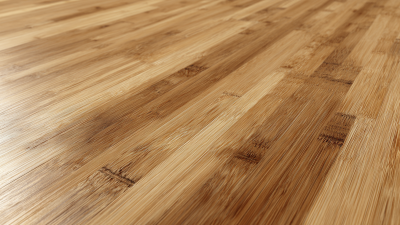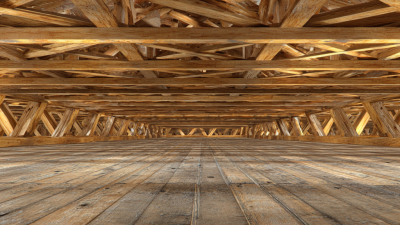Leave Your Message
-
Whatsapp
-
Whatsapp
When embarking on any construction or renovation project, the selection of the right materials is crucial for achieving optimal results, particularly when it comes to Lumber Joists. According to the National Association of Home Builders (NAHB), choosing the appropriate joists not only affects the structural integrity of a project but also influences cost efficiency and overall lifespan. With the market flooded with various options, from engineered wood to traditional sawn lumber, it becomes essential to understand the unique benefits and specifications each type offers. Data from the American Wood Council indicates that utilizing high-quality lumber joists can enhance load-bearing capacity, reduce waste, and improve thermal performance, making informed choices indispensable for both builders and homeowners. This guide provides essential tips to help navigate this important decision, ensuring your project is both successful and sustainable.
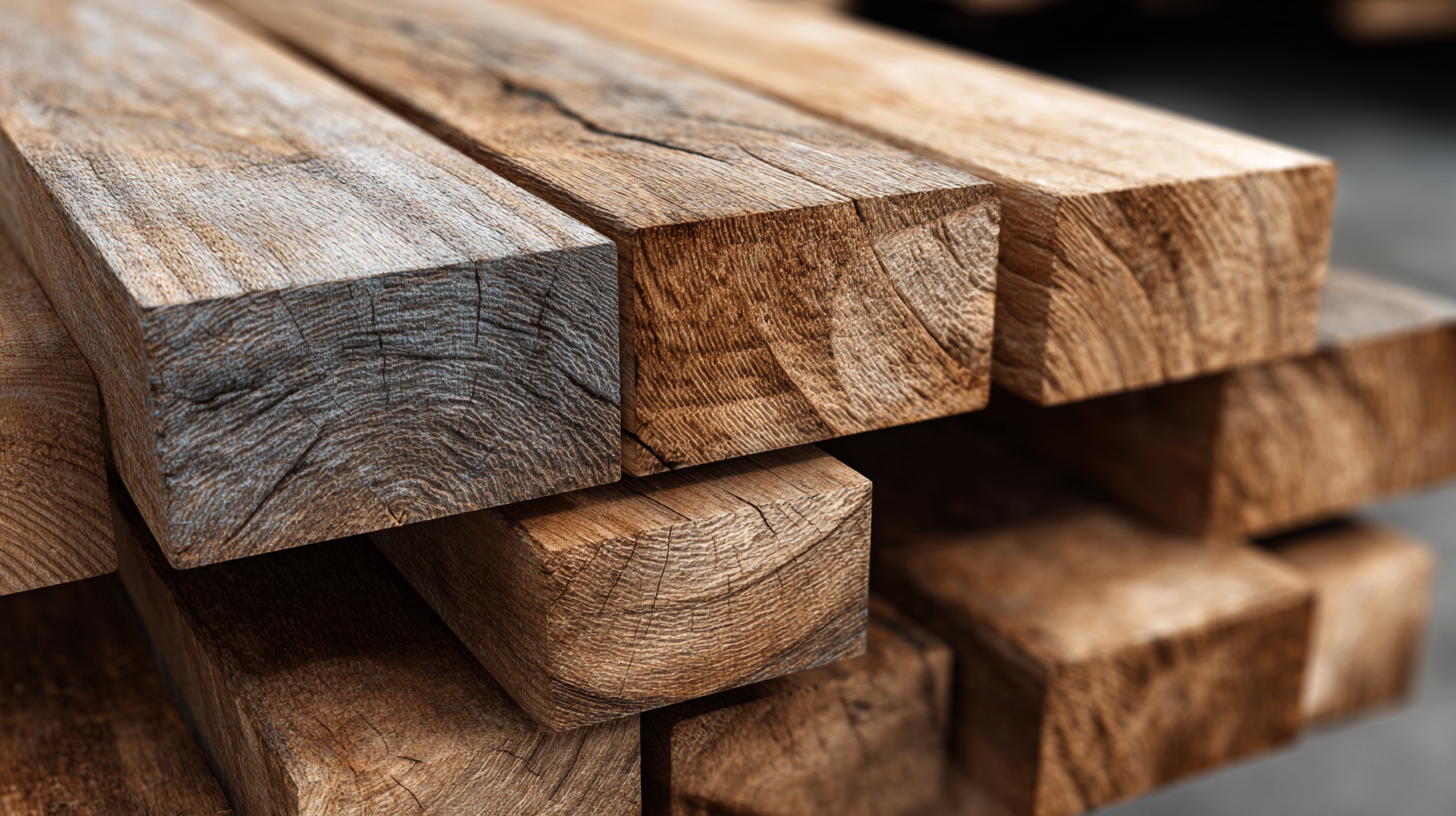
When selecting the right lumber joists for your project, understanding the various types available is crucial. Engineered wood products, for instance, have gained popularity due to their superior strength and versatility. These products, such as laminated veneer lumber (LVL) and parallel strand lumber (PSL), are specifically designed to tackle structural challenges, making them ideal for applications where traditional lumber may fall short. Research indicates that engineered wood can outperform conventional materials in terms of load-bearing capacity, standing out particularly in large-scale constructions.
The rise of mass timber as a viable building material reflects a broader industry trend towards sustainable construction. Mass timber not only minimizes the carbon footprint but also offers aesthetic appeal, making it an attractive choice for modern designs. A study highlighted that buildings utilizing mass timber could reduce greenhouse gas emissions significantly, reinforcing its position as a key component in the push for eco-friendly construction practices. As more builders become aware of these advancements, the acceptance of mass timber is projected to increase, paving the way for innovative construction solutions that align with sustainability goals.
| Type of Lumber Joist | Benefits | Typical Applications | Cost per Linear Foot |
|---|---|---|---|
| Wood I-Joists | Lightweight, strong, resistant to warping | Residential floors, roofs | $2.50 - $4.00 |
| Engineered Lumber Joists | High strength, uniformity, less prone to defects | Commercial buildings, long spans | $3.00 - $5.50 |
| Solid Wood Joists | Classic look, solid structure, natural materials | Traditional homes, timber frame construction | $4.00 - $6.00 |
| Laminated Veneer Lumber (LVL) | Strong, stable, good for load-bearing applications | Beams, headers, and spans | $4.50 - $7.00 |
| Metal Joists | Durability, resistance to pests and decay | Commercial construction, warehouses | $5.00 - $8.00 |
When it comes to selecting the right lumber joists, evaluating load-bearing capacity is crucial for ensuring structural integrity. Load-bearing capacity depends on various factors including the material type, dimensions, and environmental effects. Recent studies reveal that materials exposed to extreme conditions exhibit significant changes in their load-bearing capacity. For instance, analyses of geopolymer concrete beams exposed to high temperatures show a marked decrease in ultimate load capacity, emphasizing the necessity for thorough pre-evaluation of all materials used in construction projects.
**Tip 1:** Always verify the material specifications against industry standards to ensure they can withstand the expected loads. Incorporating advanced materials, like reinforced concrete strengthened with carbon fiber, can enhance performance and longevity in structural applications.
**Tip 2:** Conduct a detailed evaluation of the potential environmental impacts on your selected joists. As noted in research focusing on the impact of various environmental conditions, including high salinity on wellbore strengthening materials, incorporating resistance properties can significantly affect the overall viability of your project. Choose lumber that is treated for durability in specific conditions to maximize your project's success.
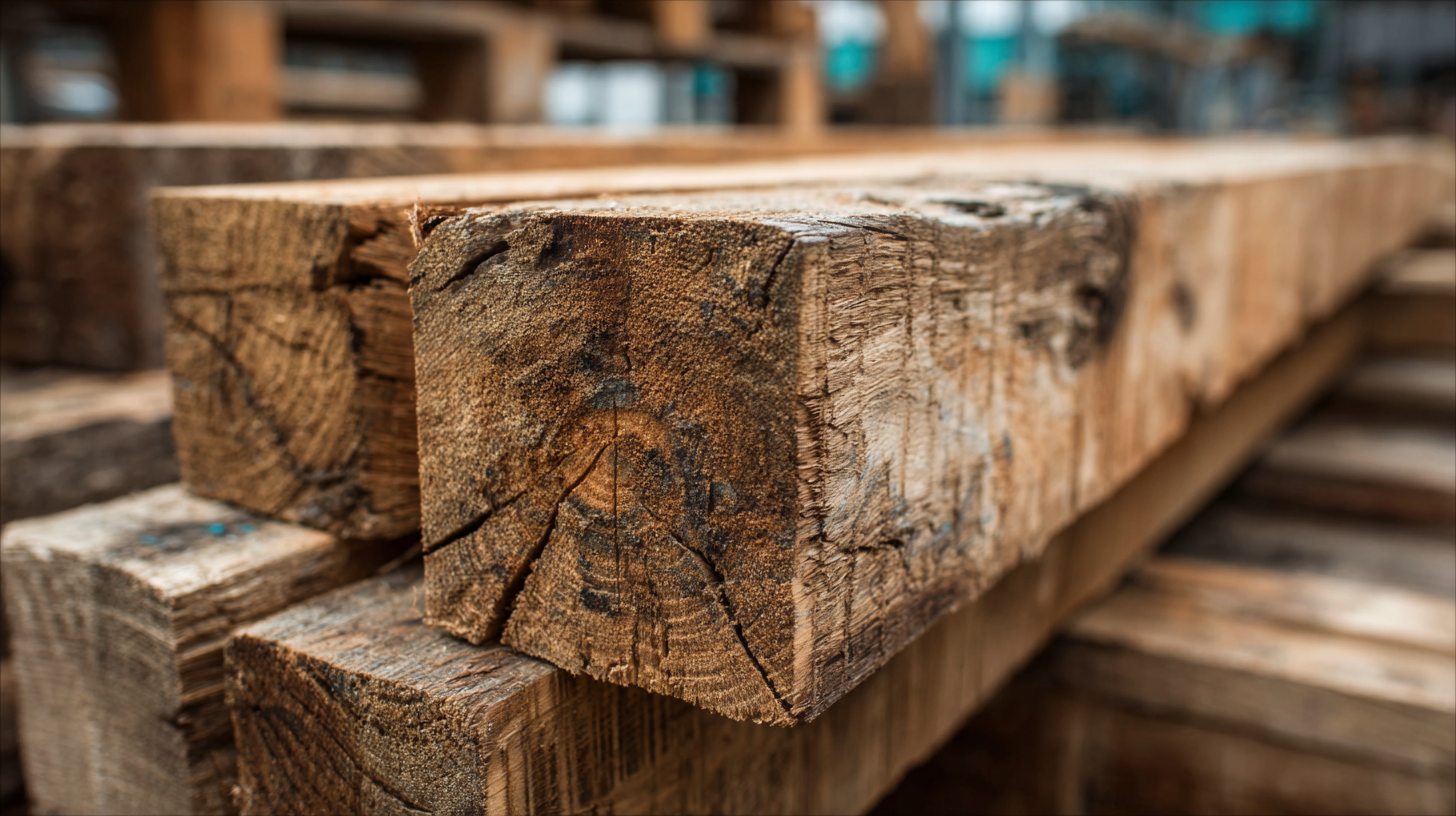
When selecting lumber joists, considering environmental factors is crucial for ensuring durability and long-lasting performance. Different climates can significantly impact the integrity of the wood. For instance, in areas with high humidity, pressure-treated lumber or rot-resistant species like cedar and redwood might be necessary. Proper ventilation during and after construction can help mitigate moisture accumulation, further enhancing the lifespan of your joists.
In addition to climate, it's essential to evaluate the surrounding environment, including potential exposure to pests like termites. Choosing lumber that has been treated for pest resistance can save you from future issues and maintenance costs. Furthermore, sourcing lumber from sustainable forests can contribute to environmental conservation efforts, aligning your project with eco-friendly practices. By taking these environmental factors into account, you not only optimize the performance of your lumber joists but also contribute positively to the environment and the longevity of your project.
When selecting lumber joists for your construction project, determining the right size and spacing is crucial for optimal support and overall stability. Begin by assessing the load requirements of your project; this includes considering factors such as the weight of the materials, occupants, and any future additions. Choosing the correct size of joists will not only ensure safety but also enhance the longevity and durability of your structure. Common sizes range from 2x6 to 2x12, and the choice often depends on the span between supports and the total load expected.
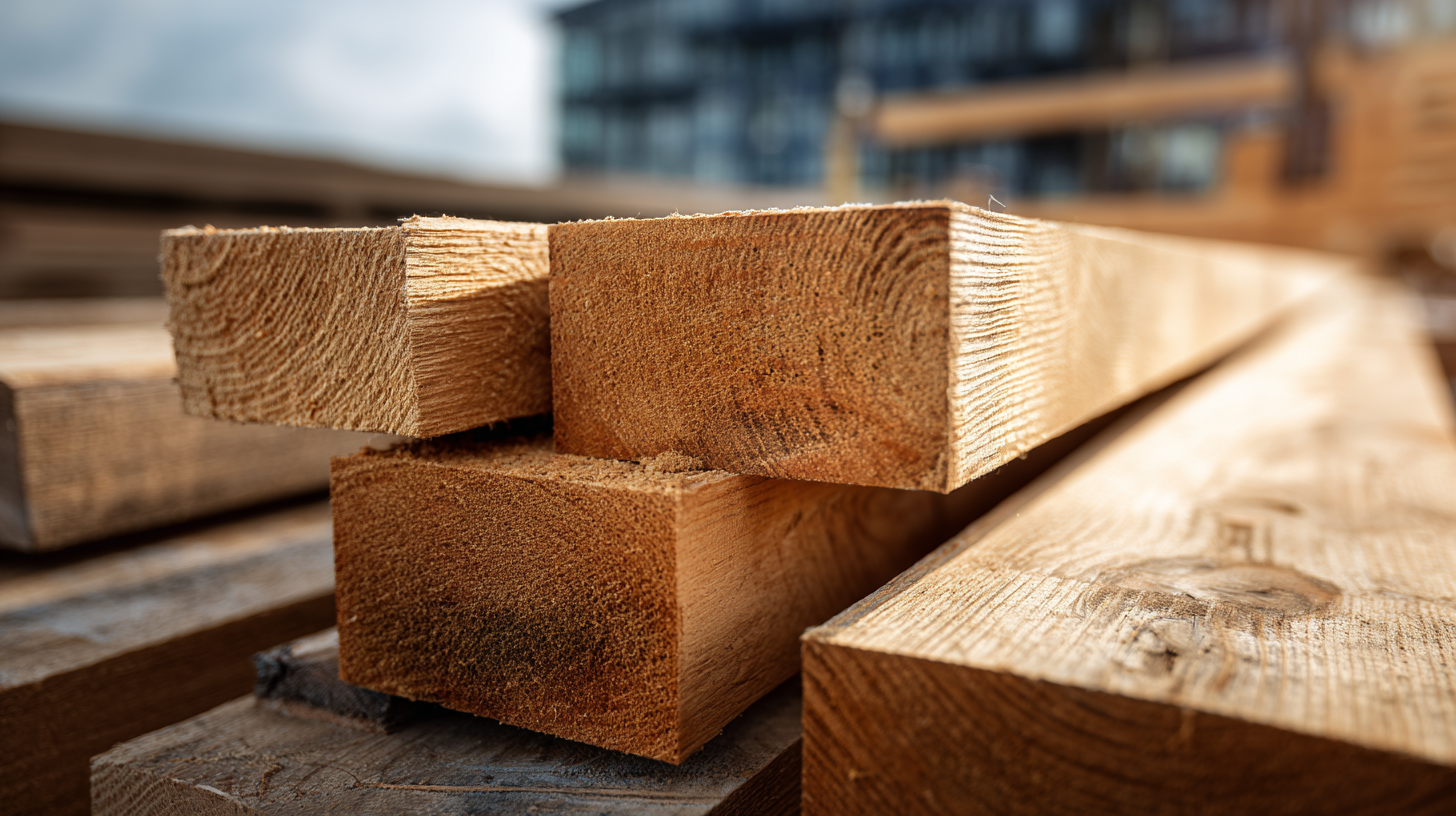
In addition to size, spacing is equally significant in maximizing the performance of your lumber joists. Standard spacing options typically include 16 inches or 24 inches on center, though this can vary based on your joist size and the specific project needs. Proper spacing helps distribute weight evenly, minimizing the risk of sagging or structural failure. It's essential to consult local building codes or a structural engineer to confirm the appropriate sizes and spacing for your unique project requirements, ensuring that you achieve a strong and stable framework for your building.
When embarking on a construction project, understanding the cost-effective options for quality lumber joists is crucial for staying within budget while ensuring structural integrity. According to the National Association of Home Builders (NAHB), lumber prices have fluctuated significantly over the past few years, with a reported average cost increase of nearly 80% since 2020. Therefore, selecting the right material not only affects your budget but also impacts long-term sustainability and performance.
Tip 1: Research various lumber types, such as engineered wood, which can be more cost-effective than traditional solid lumber. Engineered options like LVL (Laminated Veneer Lumber) or LSL (Laminated Strand Lumber) often provide superior strength and are budget-friendly due to their availability and reduced waste in production.
Tip 2: Buy in bulk when possible. Many suppliers offer discounts for purchasing larger quantities, which can significantly lower your overall costs. This approach is supported by data from the American Wood Council, emphasizing that economies of scale can lead to better pricing and availability, allowing you to allocate your budget more effectively.
Investing time in careful planning and exploring all options can lead to significant savings, enabling you to maximize both your finances and project success.
